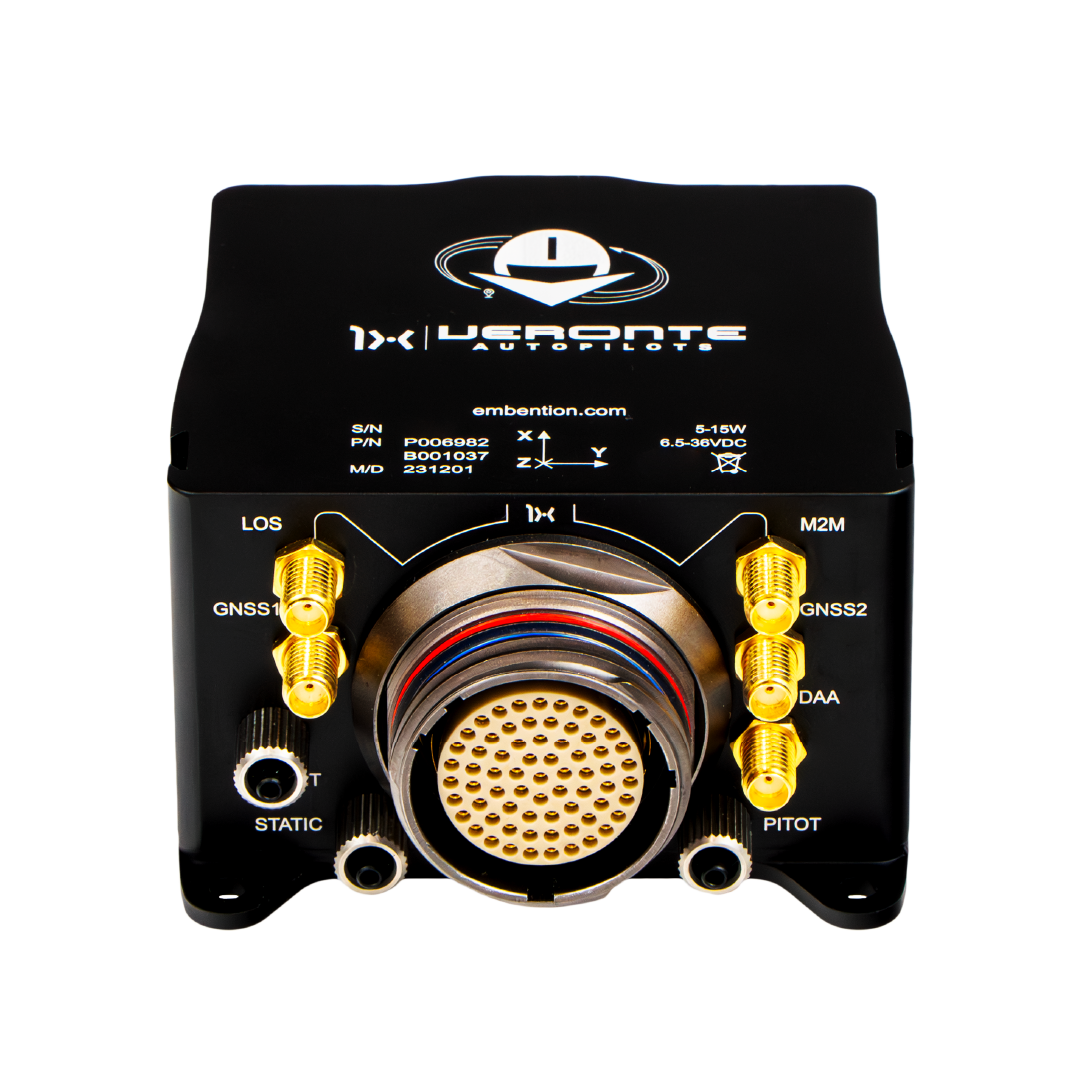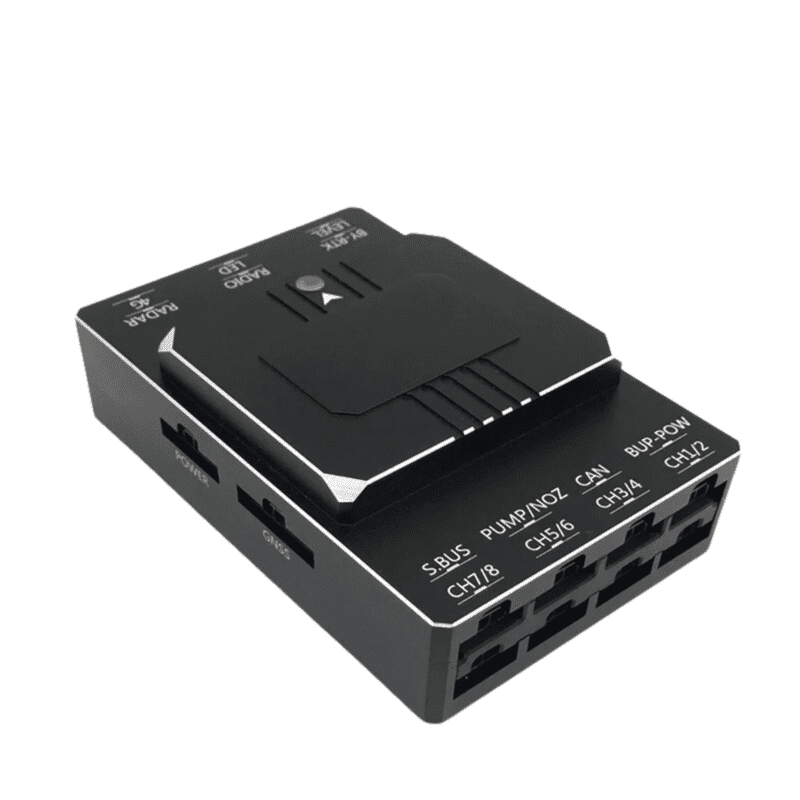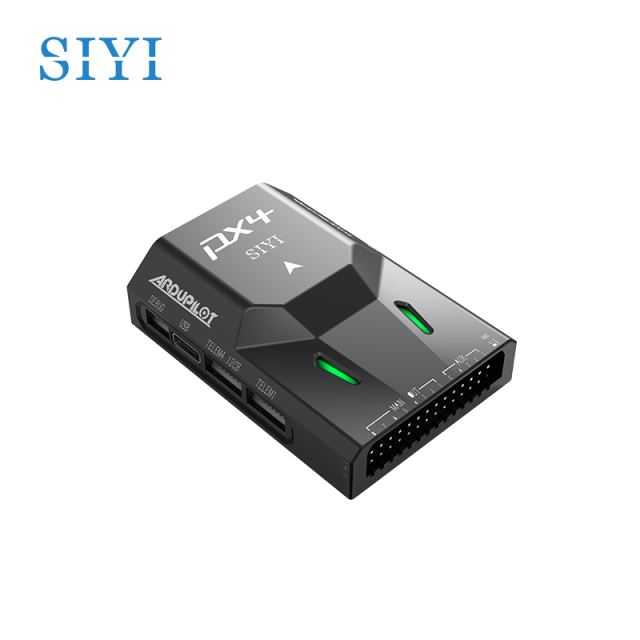The Future of UAVs: SparkNavi Drone Flight Controller and GNSS/INS Made in Taiwan
The Future of UAVs: SparkNavi Drone Flight Controller and GNSS/INS Made in Taiwan
Blog Article
Exploring the Duty of Drone Flight Controllers in Enhancing Flight Security and Navigation Performance
The development of drone innovation has actually considerably increased the value of flight controllers, which work as the mind of these airborne automobiles. By incorporating real-time information from an array of sensing units, trip controllers improve trip stability and navigation effectiveness, making certain that drones can operate smoothly also in complex atmospheres. This discussion will check out the key elements that add to these enhancements, as well as the effects for the future of autonomous flight. What developments exist ahead that could additionally transform the abilities of drone flight controllers?

Understanding Trip Controllers
Flight controllers are indispensable parts in the functioning of drones, working as the minds that support and handle flight procedures. These advanced tools procedure data from numerous sensors, including accelerometers, gyroscopes, and GPS, to ensure that the drone preserves its intended trip course. The flight controller interprets this data and executes commands based upon pre-defined algorithms, enabling the drone to react to environmental changes, such as wind or barriers.
The primary function of a flight controller is to maintain stability throughout flight. It attains this by making real-time adjustments to the drone's electric motors and control surfaces, guaranteeing equilibrium and control. Additionally, modern-day trip controllers include advanced attributes such as waypoint navigation, enabling automated trip courses and boosted operational performance.
Comprehending the design of trip controllers is important for both specialists and enthusiasts. As modern technology advancements, trip controllers have actually become much more capable and compact, integrating artificial knowledge to boost decision-making procedures and adapt to complicated flight circumstances.
Trick Parts of Trip Stability
Attaining optimum flight stability in drones counts on a number of key elements that operate in show to ensure smooth and regulated procedures. Central to this security is the flight controller itself, which processes information from different sensors to preserve the desired trip attitude. This consists of accelerometers and gyroscopes that gauge movement and orientation, enabling real-time adjustments to the drone's setting.
An additional vital element is the electronic speed controllers (ESCs), which manage the power delivered to the electric motors. By carefully adjusting electric motor rates in response to trip controller commands, ESCs aid maintain equilibrium and counteract disruptions brought on by wind or sudden motions.
Additionally, the design of the drone's frame plays a pivotal duty in trip stability. A well-structured framework lessens vibrations and boosts the total wind resistant account, contributing to smoother flight qualities. Finally, the integration of advanced algorithms within the trip controller aids in anticipating adjustments, ensuring a adaptable and receptive flight experience.
With each other, these elements form a natural system that boosts a drone's security, permitting specific maneuvering and boosted performance in various trip problems.
Navigating Performance Methods
Efficiency in navigation is essential for optimizing drone procedures, particularly in complex atmospheres. Reliable navigation strategies enhance the capacity of drones to traverse difficult terrains and avoid obstacles, therefore boosting operational effectiveness and safety and security.
One prominent strategy is the implementation of innovative general practitioners and inertial measurement systems (IMUs) that offer accurate location tracking and positioning information. These technologies allow drones to calculate optimal trip paths in real-time, taking into consideration various factors such as wind problems and prospective obstacles.
Another strategy includes the use of formulas for path planning and optimization. Algorithms such as A * and Dijkstra's formula can be released to determine the most efficient path while minimizing power consumption and flight time. Additionally, integrating artificial intelligence designs can make it possible for drones to adaptively gain from their settings, improving navigation capacities through experience.

Influence On Autonomous Drones
The assimilation of advanced navigation methods has profoundly changed the abilities of self-governing drones, enabling them to operate with better freedom and accuracy. SparkNavi drone flight controller and GNSS/INS made in taiwan. These improvements are mostly credited to innovative flight controllers that make use of real-time information handling and sensor blend, permitting drones to browse complicated atmospheres effortlessly
The influence on self-governing drones extends beyond plain navigating; it incorporates improved barrier evasion, improved stability throughout vibrant conditions, and boosted mission integrity. By leveraging algorithms that incorporate artificial intelligence and expert system, drones can adjust to altering scenarios, making informed choices that maximize their flight courses while decreasing dangers.
Furthermore, the execution of robust flight controllers has actually facilitated the implementation of intricate jobs, such as aerial inspections, distribution services, and agricultural tracking, with very little human intervention. This capability not just streamlines procedures however also decreases human error, thereby enhancing total safety.
Because of this, the functional extent of autonomous drones has actually expanded significantly, making them indispensable devices in numerous industries. Their ability to perform efficiently in diverse circumstances emphasizes the crucial function that advanced flight controllers play fit the future of unmanned airborne systems.
Future Fads in Trip Control
Frequently, innovations in trip control technology are positioned to redefine the landscape of drone procedures in the coming years. Emerging patterns indicate a considerable change in the direction of enhanced artificial intelligence (AI) combination, enabling flight controllers to process real-time data more efficiently. This development will certainly help with better decision-making abilities, permitting drones to adapt to vibrant environmental problems autonomously.
Additionally, the application of equipment discovering formulas is expected to enhance predictive upkeep, thereby reducing downtime and expanding the lifecycle of drone components. This proactive method to upkeep will be important as drone applications broaden throughout various industries, from farming to logistics.

.jpg)
Last but not least, developments in secure communication methods will address safety and regulative worries, ensuring that drones can operate flawlessly in stuffed airspaces (SparkNavi drone flight controller and GNSS/INS made in taiwan). Collectively, these trends point towards a future where flight control systems are not just smarter and much more likewise capable however effective of operating safely in a progressively integrated airspace
Conclusion
To conclude, drone trip controllers are indispensable to enhancing trip stability and navigation performance with the sophisticated processing of sensor information. By preserving optimal flight mindsets and employing sophisticated algorithms for path optimization and barrier evasion, click these controllers dramatically Go Here add to the autonomy and functional safety and security of drones. As modern technology proceeds to advance, better developments in flight control systems are expected, guaranteeing better efficiency and increased abilities in the realm of unmanned aerial automobiles.
By integrating real-time data from an array of sensing units, trip controllers improve flight security and navigation efficiency, guaranteeing that drones can run smoothly also in complex settings.Trip controllers are indispensable parts in the performance of drones, serving as the brains that handle and stabilize flight procedures. Furthermore, modern flight controllers incorporate sophisticated features such as waypoint navigation, enabling for automated trip paths and improved functional efficiency.
Central to this security is the flight controller itself, which processes information from numerous sensors to maintain the desired trip mindset.In final thought, drone trip controllers are important to enhancing flight stability and navigating efficiency with the advanced handling of sensor information.
Report this page